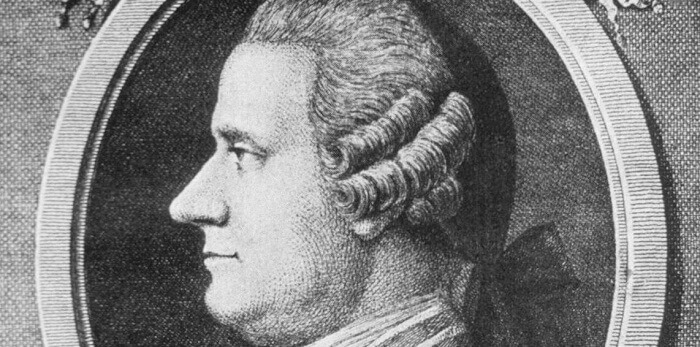Who was Jan Ingenhousz and what did he do? Information about the life, biography, work and contributions of the British physician and scientist Jan Ingenhousz.

Jan Ingenhousz or Ingen Housz (December 8, 1730 – September 7, 1799) was a Dutch physiologist, biologist and chemist. He is best known for discovering photosynthesis by showing that light is essential for the process by which green plants absorb carbon dioxide and release oxygen. He also discovered that plants, like animals, have cellular respiration. During his life he was best known for having successfully inoculated the members of the Habsburg family in Vienna against smallpox in 1768 and later was the private counselor and personal physician of the Austrian Empress Maria Theresa.
Early life
He was born in the patricia family Ingen Housz in Breda (Duchy of Brabant). From the age of 16, Jan Ingenhousz studied medicine at the University of Leuven, where he obtained his doctorate in 1753. He studied for two more years at the University of Leiden, where he attended lectures by, among others, Pieter van Musschenbroek, who led Jan Ingenhousz has a permanent interest in electricity. In 1755 he returned to his home in Breda, where he began a general medical practice.
Work with smallpox
After the death of his father in July 1764, Jan Ingenhousz had the intention of traveling through Europe to study, starting in England, where he wanted to learn the latest inoculation techniques against smallpox. Through the physician John Pringle, who had been a friend of the family since the 1740s, he quickly made many valuable contacts in London, and eventually became a master inoculator. In 1767, he inoculated 700 villagers in a successful effort to fight an epidemic in Hertfordshire. In 1768, Empress Maria Theresa read a letter from Pringle about success in the fight against smallpox in England, while in the Austrian empire, the medical establishment vehemently opposed the inoculations.
She decided to have her own family inoculated first (a cousin had already died), and she requested help through the English royal house. Following Pringle’s recommendation, Jan Ingenhousz was selected and asked to travel to Austria. He had planned to inoculate the royal family by piercing them with a needle and thread covered with smallpox germs taken from the pus of a person infected with smallpox. The idea of inoculation was that by administering some germs to a healthy body, the body would develop immunization against smallpox. The inoculation was a success and he became the court doctor of Maria Teresa. He settled in Vienna, where in 1775 he married Agatha Maria Jacquin.
Work with photosynthesis
In the 1770s, Jan Ingenhousz became interested in gaseous plant exchanges. He did this after meeting the scientist Joseph Priestley (1733-1804) at his home in Birstall, West Yorkshire, on May 23, 1771. Priestley had discovered that plants produce and absorb gases. Jan Ingenhousz’s party in the north of England included Benjamin Franklin. In 1779, Jan Ingenhousz discovered that, in the presence of light, plants emit bubbles of their green parts while, in the shade, the bubbles finally stop. He identified gas as oxygen. He also discovered that, in the dark, plants emit carbon dioxide. He also realized that the amount of oxygen emitted to light is greater than the amount of carbon dioxide emitted in the dark. This showed that part of the mass of plants comes from the air, and not just from the water and nutrients in the soil.
Another job
In addition to his work in the Netherlands and Vienna, Jan Ingenhousz spent time in France, England, Scotland and Switzerland, among other places. He conducted research in electricity, heat conduction and chemistry, and maintained close and frequent correspondence with both Benjamin Franklin and Henry Cavendish. In 1785, he described the irregular movement of coal dust on the surface of alcohol and, therefore, has a claim as discoverer of what came to be known as Brownian motion. Jan Ingenhousz was elected a member of the Royal Society of London in 1769.
In 1799, Jan Ingenhousz died at Bowood House, Calne, England, and was buried in the cemetery of St Mary the Virgin, Calne. His wife died the following year.
On December 8, 2017, on what would have been the 287th birthday of Jan Ingenhousz, Google honored him in a Google Doodle.